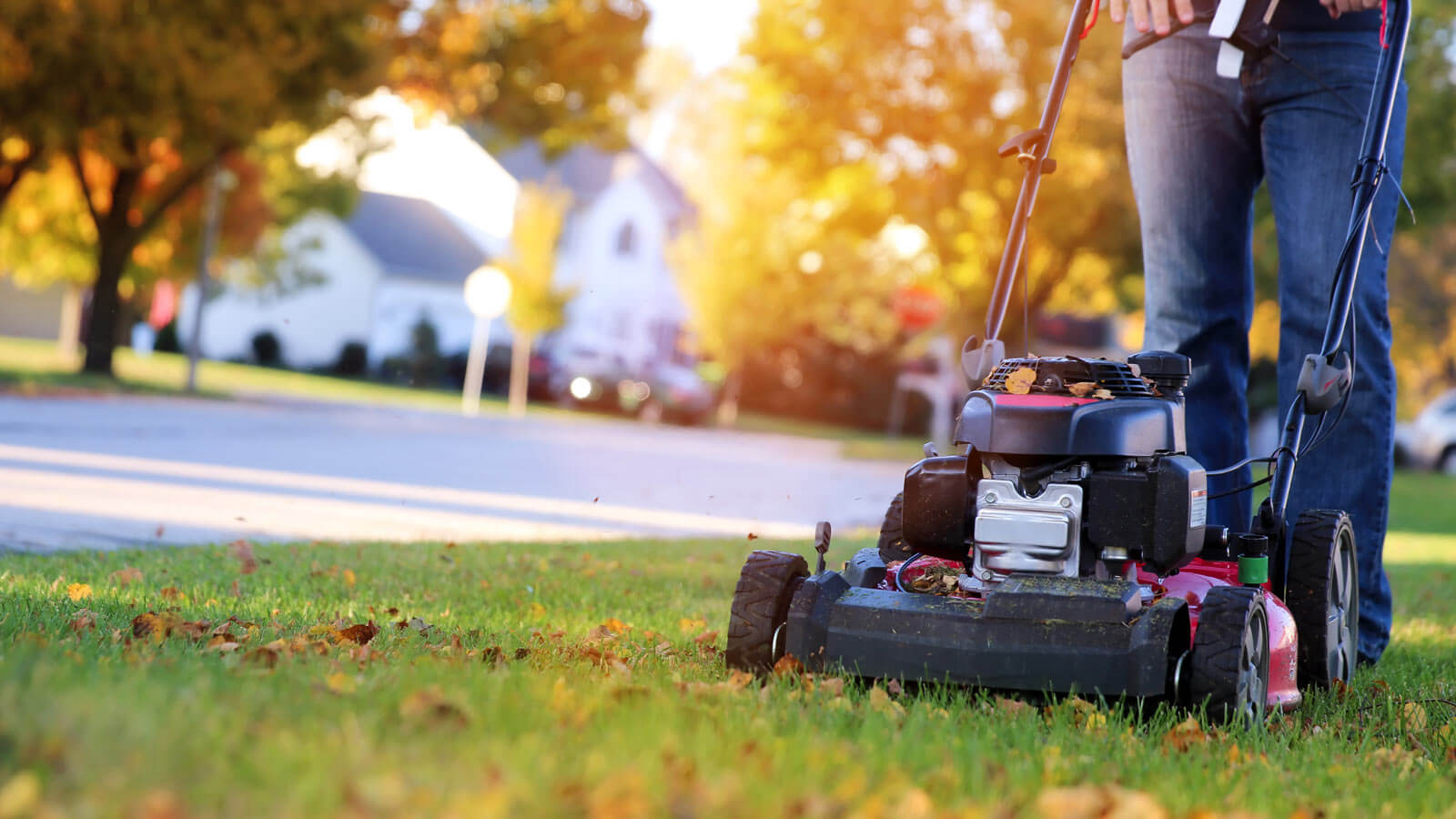Preparing Your Lawn for Summer
As Summer approaches, our thoughts turn once again to the yard maintenance that comes with the hottest season. However, at Forest Green, we believe that work should start before the first thaw if you want to have your lawn looking the best it can be during the warmer months. We’ve put together a list of things to plan for, so you can hit the ground running!
Keep Lawn Clean of Branches and Sticks
Debris lying on your lawn all winter can damage the organism and make your initial summer lawn maintenance more difficult. Winter storms tend to blow things like branches and sticks onto your property. If these things are not removed before thawing, they can cause serious drainage issues, which will lead to dead patches.
Come summer, large branches and sticks will also become harder to move, as they will be damp and rotted from absorbing excess snowmelt. This will make summer lawn maintenance like aeration, fertilization, and mowing a hassle.
Remove Animal Waste
Ideally, you are removing your animal’s droppings throughout the winter. Removing waste is both hygienic and good for your lawn’s health during any season. However, the time of year you want to be most critical about removing these droppings is when winter transitions to spring and summer.
Excessive rain, snowmelt, and changing temperatures can soften and even liquefy animal waste. When this happens, it makes lawn care a nightmare for obvious reasons. However, this also means increased health risks for your lawn and family.
Water Correctly
It is very easy to overwater your lawn in preparation for hotter months, depending on the weather you’ve been receiving. Always keep an eye on the forecast—a good watering before a thorough spring rain can do severe damage to your lawn. At the same time, if it rains during the months leading up to summer are lacking, then you’ll want to water more than you usually would.
Know Your Grass Species
Contrary to what most people might think, different types of grasses prefer different temperatures and levels of water. Going into summer, you should always be aware of the attention and care your lawn requires.
Here are some of the types of grass you might find sorted by climate and maintenance level:
• Bermuda Grass: Warm Climate, High Maintenance
• Centipede Grass: Warm Climate, Medium Maintenance
• Zoysia Grass: Warm Climate, Medium Maintenance
• Bent Grass: Cold Climate, High Maintenance
• Blue Grass: Cold Climate, High Maintenance
• Fine Fescue Grass: Cold Climate, Medium Maintenance
If you aren’t sure which type of grass your lawn is, be sure you contact your Forest Green Lawn and Landscaping for proper identification and care instructions!
Re-Seed Dead Patches
Even the most diligent lawn care enthusiasts will experience dead patches of grass in their yards going into summer. It is essential to repair these areas before hotter weather arrives!
Grass seeds have a tough time growing in hotter temperatures. It is better to lay your new seed base when temperatures are cool to warm, with lots of moisture. This way, by the time hot weather arrives, your dead patches will be at least on their way to being gone!
Make sure you talk to the lawn care professionals at Forest Green Lawn and Landscaping about which seeds to use on your grass if you aren’t sure! Picking the seed that is the same species as your grass is essential.
Get in Touch!
There are many things to consider when preparing your lawn for summer. The state of your grass going into hotter months can mean the difference between having a lush, beautiful, green body of grass to enjoy or an eyesore that makes you embarrassed of your property.
If you have questions about preparing your lawn for summer, don’t hesitate to give Forest Green a call! We’re experts on lawn care and will do all the difficult work, so you won’t have to!



